-

ABORTIONS
ABORTIONS Abortion is defined as the expulsion of products of conception before 28 weeks of gestation. Abortion is also defined as the termination of pregnancy prior to 28 weeks of gestation or delivery of a fetus weighing less than 500g. It may be early or late abortion. Early abortion is the termination of pregnancy before…
-
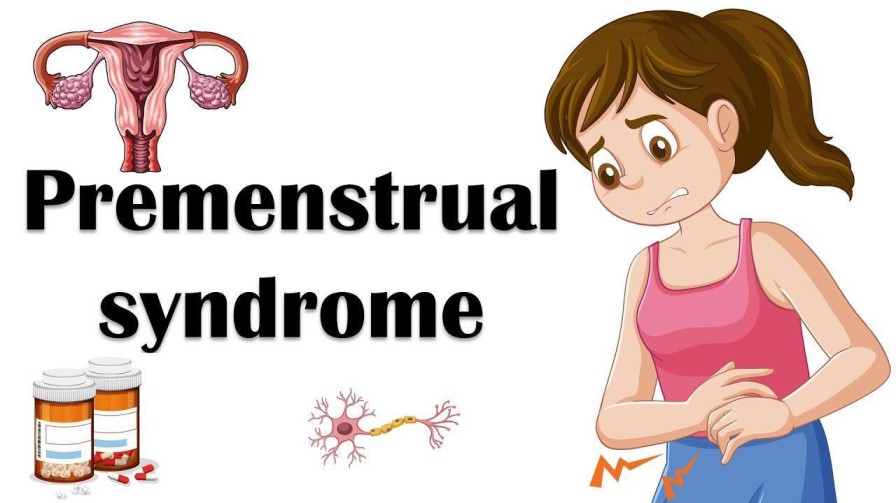
PREMENSTRUAL SYNDROME
PREMENSTRUAL SYNDROME Premenstrual syndrome is a group of symptoms both physical and psychological that occur before menstruation. Symptoms can range from mild to severe and occur during the luteal phase (begin 7-14 days before the onset of menses) and disappear after the onset of menses. Majority of women experience premenstrual syndrome but it is…
-
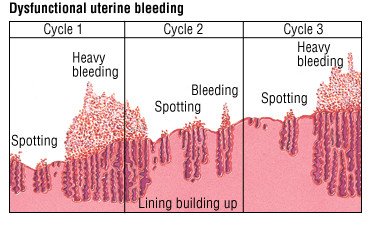
DYSFUNCTIONAL UTERINE BLEEDING
DYSFUNCTIONAL UTERINE BLEEDING Dysfunctional uterine bleeding (DUB) refers to abnormal uterine bleeding that occurs in the absence of organic causes or underlying medical conditions. It is characterized by irregular, prolonged, or heavy menstrual bleeding. Dysfunctional uterine bleeding also refers to abnormal bleeding resulting from hormonal changes rather than from trauma, inflammation, pregnancy or a…
-

POLYMENORRHOEA/ EPIMENORRHOEA
POLYMENORRHOEA/ EPIMENORRHOEA Polymenorrhea, also known as epimenorrhoea, is a medical condition characterized by frequent menstrual periods that occur more frequently than the normal menstrual cycle. Polymenorrhoea also refers to menstruation periods that occur at shorter intervals than usual (14-21 days), but they are frequent and regular. Causes of Polymenorrhea/Epimenorrhoea: Hormonal imbalances: Fluctuations in oestrogen and…
-

METRORRHAGIA/INTERMENSTRUAL BLEEDING
METRORRHAGIA/INTERMENSTRUAL BLEEDING Metrorrhagia, now commonly called Intermenstrual bleeding is vaginal bleeding that occurs at irregular intervals not associated with the menstrual cycle. Metrorrhagia is a medical term used to describe irregular or abnormal uterine bleeding that occurs between menstrual periods. It is characterized by light spotting that occurs outside of one’s period patterns and does…
-

MENORRHAGIA
MENORRHAGIA Menorrhagia is a condition characterized by abnormally heavy or prolonged menstrual bleeding. Menorrhagia can be heavy or prolonged menstrual bleeding or both. Causes of Menorrhagia Hormonal imbalances: Fluctuations in oestrogen and progesterone, two key hormones in the menstrual cycle, can disrupt the normal regulation of the menstrual cycle. Irregularities in these hormones may…
-
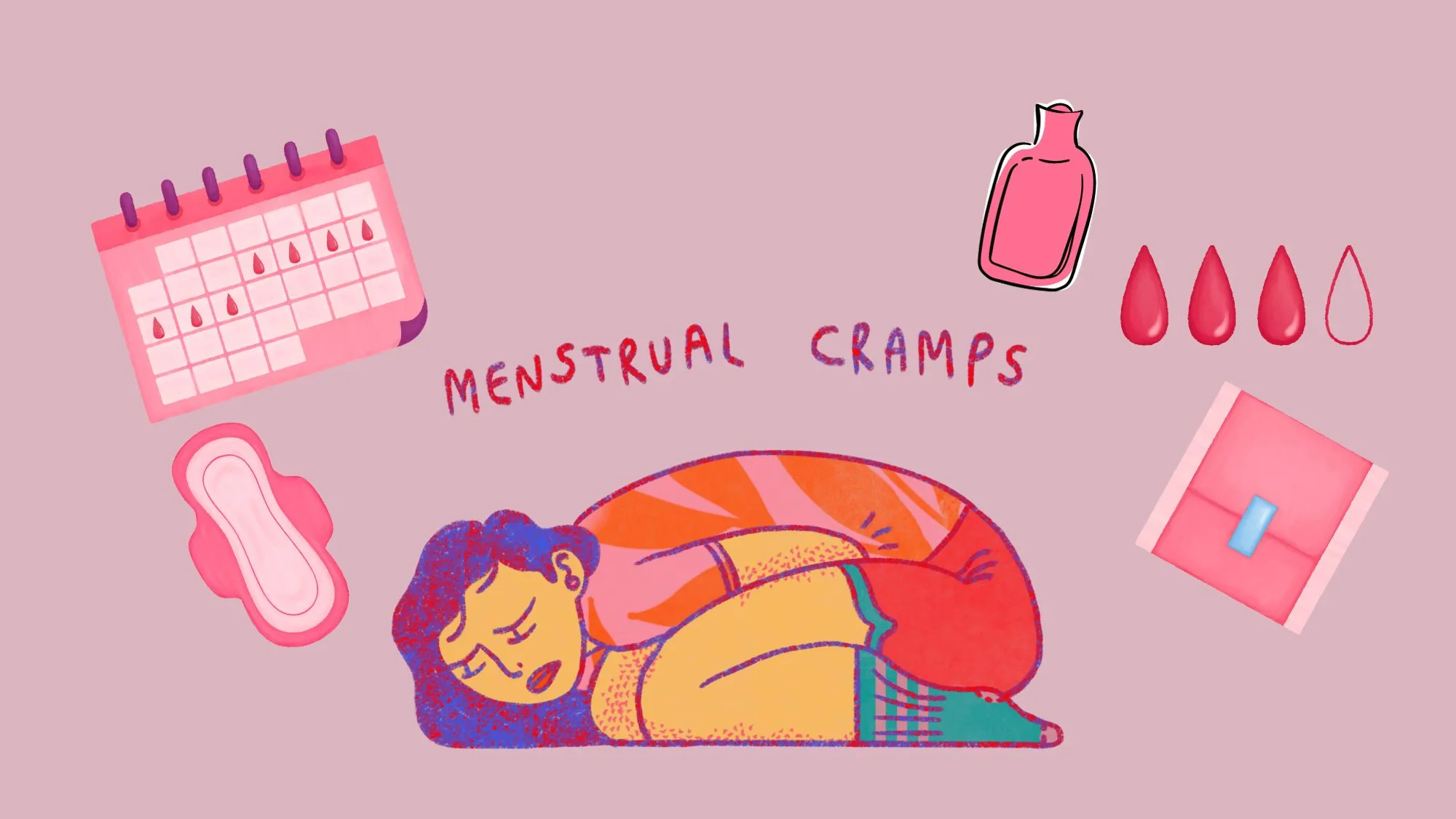
DYSMENORRHOEA
DYSMENORRHOEA Dysmenorrhea is a medical term used to describe painful menstrual cramps that occur just before or during menstruation (the monthly shedding of the uterine lining). OR Dysmenorrhea refers to painful menstrual periods. Nearly 50% of all women have some degree of pain associated with their periods. About 10% are unable to perform their normal…
-
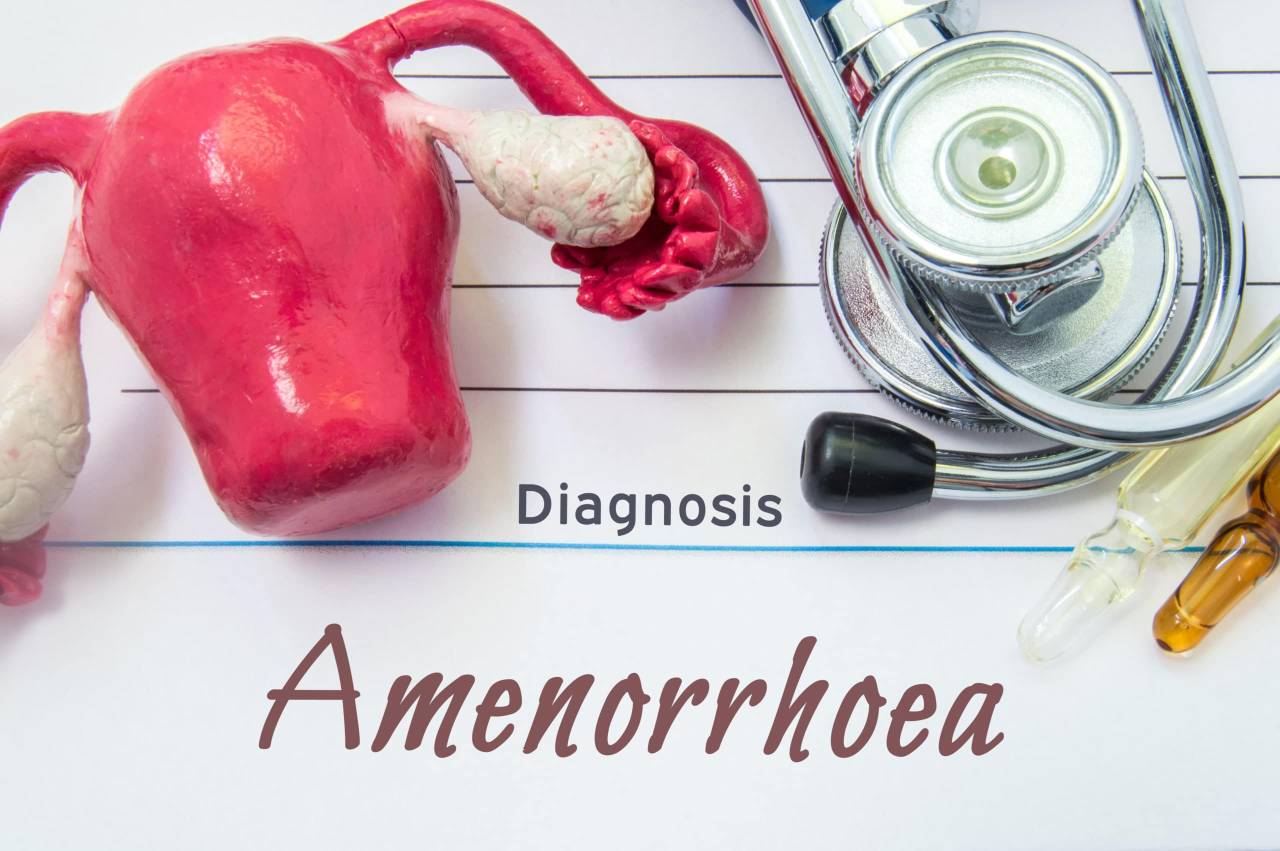
AMENORRHOEA
AMENORRHOEA Amenorrhoea refers to absence of menstruation which occurs in females during their reproductive age. Types of Amenorrhoea 1. Primary amenorrhoea. Primary amenorrhoea is failure to menstruate by the age of 16 in the presence of normal secondary sexual development. or The absence of menses by age 14 in the absence of normal secondary…
-
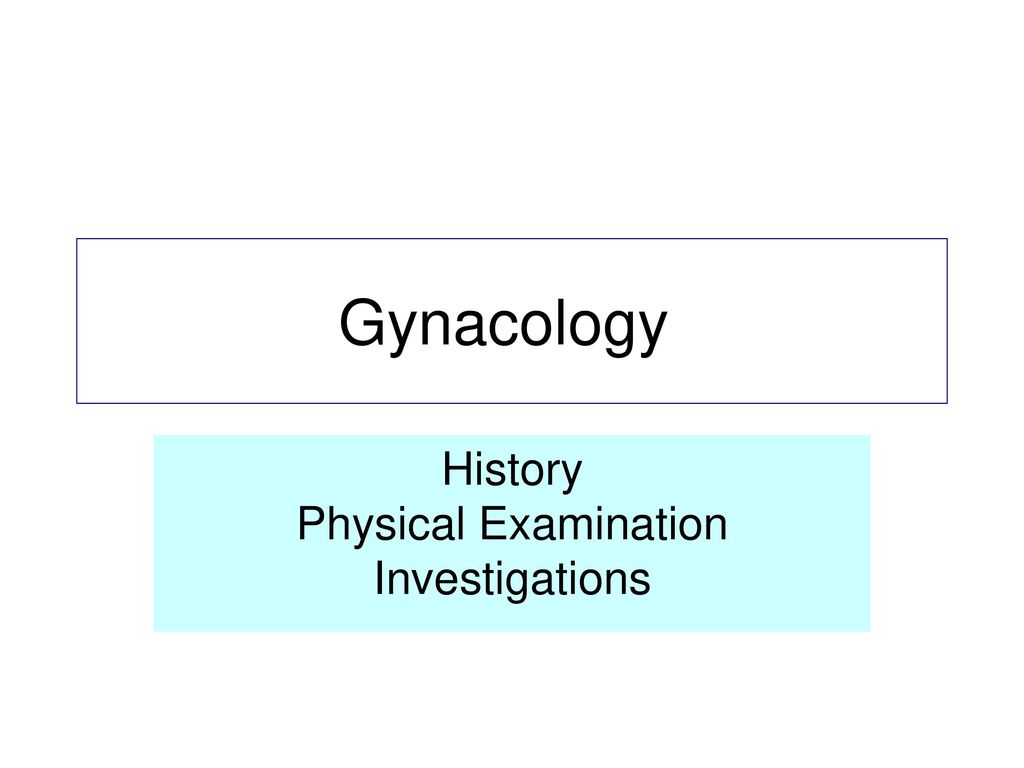
HISTORY, PHYSICAL EXAMINATION AND INVESTIGATIONS IN GYNAECOLOGY
History taking: Proper history taking is key in determining the proper diagnosis and a guide to the required examination and investigations. The history from the patient should be taken from a private room. During history taking, which should always start with the patient’s demographics, the following specific information should be captured. Personal history: This refers…
-

BUSINESS PLANNING
BUSINESS PLANNING When one has identified a business Opportunity to execute, one is not advised to immediately execute the businesses, a thorough process of planning for how the business will be done (Process of Production/Operation), where will it be done from (Location), to whom will it be done for (Customers), who will do it (workers)…
